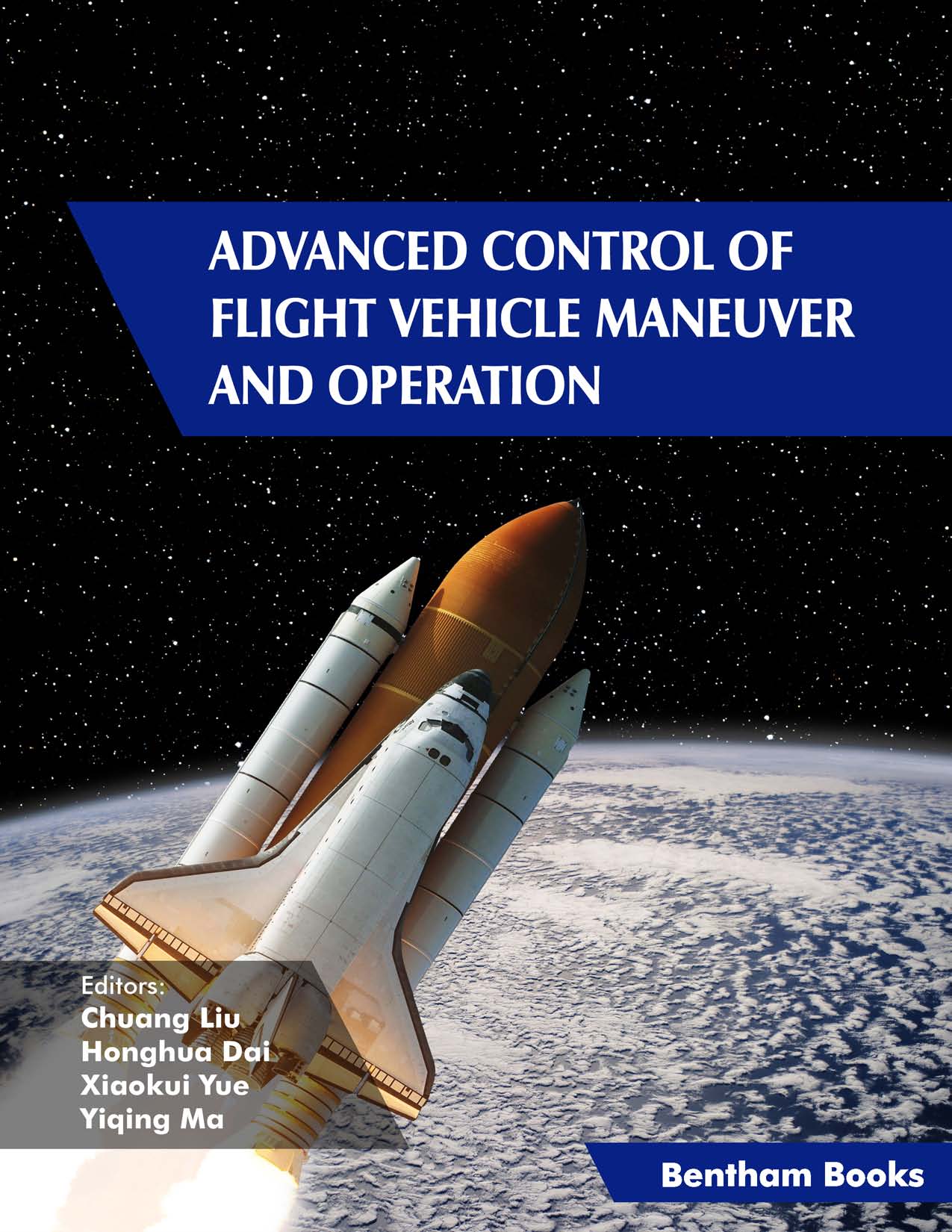To meet the requirements of future space missions, the high-precision and high-
stability control problem of flight vehicles has become increasingly important.
However, many uncertain factors, such as environmental and non-environmental
disturbances, parameter uncertainty, and other nonlinear perturbations, widely
influence the performance of flight vehicle maneuvers and operations. The present
generation of flight vehicles should be capable of high-precision pointing and
better robustness to external disturbances and various uncertainties. It should be
noted that a distributed flight vehicle system may include multiple flight vehicles
distributed in one or more orbits according to certain requirements and cooperating
to perform space missions, e.g., observation, communication, reconnaissance, and
navigation. It should be mentioned that formation flying and satellite clusters both
belong to distributed satellite systems. Consequently, multiple complex disturbances
will have a considerable influence on the stability of the flight vehicle leading to
degradation in the dynamics and control performance of the system and even
instability, which pose a huge challenge for control system designers, and advanced
control approaches are required to improve robust performance and control accuracy
in maneuver and operation to solve these problems.
In order to understand the behavior of flight vehicle maneuvers and operation
properly, it is significant to investigate the advanced controller designs. To this
end, Chapter 1 discusses air-breathing hypersonic vehicle, Chapter 2 discusses fast
and parallel algorithms for orbit and attitude computation, Chapters 3 and 4 discuss
rigid spacecraft, Chapter 5 discusses flexible spacecraft, Chapter 6 discusses
vibration control using nonlinear energy sink, Chapter 7 discusses partial space
elevators, and Chapters 8 and 9 discuss spacecraft formation flying and satellite
cluster, respectively. In particular, Chapter 1 investigates anti- disturbance
continuous fixed-time controller design for an air-breathing hypersonic vehicle,
where a fast fixed-time integral sliding surface, a continuous fixed-time
super-twisting-like reaching law and a uniformly convergent observer are combined.
As control efficiency is very important in practice, to efficiently solve nonlinear
differential equations in aerospace engineering, fast and parallel algorithms can be
a good choice, and this results in the writing of Chapter 2, where a simple adaptive
local variational iteration method is developed. Chapter 3 provides detailed
derivations of adaptive event-triggered sliding mode controller used for attitude
tracking, where the communication burden is decreased significantly. Chapter 4
investigates an adaptive finite-time controller for satellite attitude maneuver,
where the singularity problem is dealt with based on the properties of Euler
rotations. Chapter 5 develops an output feedback controller for attitude
stabilization and vibration suppression of flexible spacecraft using negative
imaginary and H∞ theories. To further investigate the vibration control and energy
harvesting properties in aerospace engineering, a nonlinear energy sink approach is
developed to deal with the influence of rich and complex dynamic environments in
Chapter 6. Chapter 7 describes the mathematical model of partial space elevators,
and a configure-keeping technology for stable cargo transportation is investigated.
Furthermore, Chapters 8 and 9 discuss the distributed flight vehicle system, where
adaptive fixed-time 6-DOF coordinated control for spacecraft formation flying and
prescribed time control for satellite cluster reconstruction are investigated,
respectively.
This book will be helpful to scientists and engineers who are interested in working
on the development of flight vehicle maneuvers and operations. Researchers studying
control science and engineering and advanced undergraduate and graduate students and
professionals involved in the flight vehicle control field will also benefit from
the information given in this book. This book covers a wide range of topics in
flight vehicle maneuver and operation, e.g., hypersonic vehicle, orbit and attitude
computation, single spacecraft, flexible vibration, space elevators, spacecraft
formation flying, satellite cluster, et al.
The book has a broad scope and helps students and researchers in universities,
industries, and national and commercial laboratories to learn the fundamentals and
in-depth knowledge regarding thermal modeling and developments in solar thermal
systems in the past few years. It is a research-oriented book in which different
researchers have contributed in the form of different chapters. I hope that the book
will provide sufficient knowledge regarding solar systems and will not discourage
the readers. This book can be used as a reference tool for teaching the solar energy
and thermal modeling of solar thermal systems to the students and research fellows
in universities and research organizations
Chuang Liu
School of Astronautics
Northwestern Polytechnical University
Xi’an 710072
China

